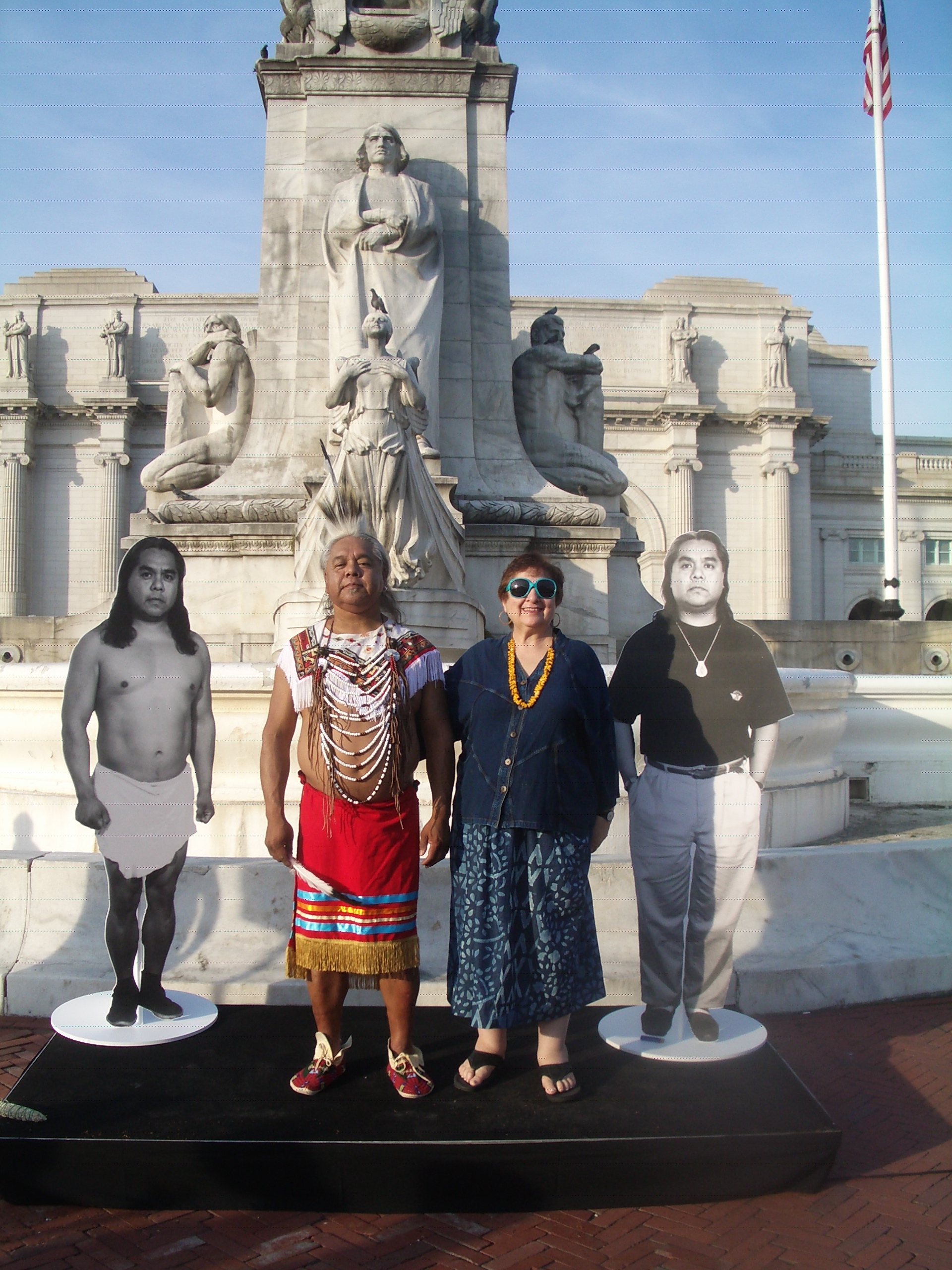Mexican Culture is Performative... At least in the U.S.
Stereotypes create culture as culture creates stereotypes. To be Mexican outside of Mexico is all a performance because there is no knowledge of what it means to be The Other. Mexican cultural elements are deculturalized when taken by other countries like American (or any other country). The value of such Mexican cultural elements only hold an economic value for Americans and the Otherness of the Mexican culture becomes a show, a performance.
Take for example, the Mexican Mariachi hat:
The hat is being used completely outside of context in a way Mexicans would not use it. Truth to be told,
those hats are worn only in cultural and national festivities (includes
Soccer matches when the national team is playing), it is part of
folklore, part of a dance composed of a wonderful and colorful costume
which includes the Mariachi Hat. It creates patriotic feelings, and group belonging.
Why does the Mariachi hat have to be taken outside of its culture, lose its cultural value as part of the Mexican culture? And become a joke, a show, an Other?
James Luna has responded to these questions in his art:
James Luna observing Columbus Day 2010,
front of Columbus Memorial, Washington, D.C.
Take a Picture with A Real Indian
Link to YouYube
I want to take this project a little further. And present two performative pieces from my culture.
La Danza de los Viejitos de Michoacan.
Here is an example of the dance in its more traditional way:
YouTube Link here
And
Here is an example of the dance in its more traditional way:
And
El Chuntaro Style de El Gran Silencio.
These two performances encapsulate two different subcultures within the Mexican culture. And I wanted to perform those dances outside of their traditional context. I also focused on the costume and the process of becoming a performer in these subcultures. The following performances are composed by one dancer or performer. The dancer performs in a non-conventional space, the performance is in front of a camera only, no audience. The performance is somewhat improvised and not following completely the traditional style of each piece.
I show the masking process of my identity to take different performative identities. In the end showing how I react to the idea of performing instead of being who I am. Here is the final product:
Mexican Being-er
Link to YouTube here
















